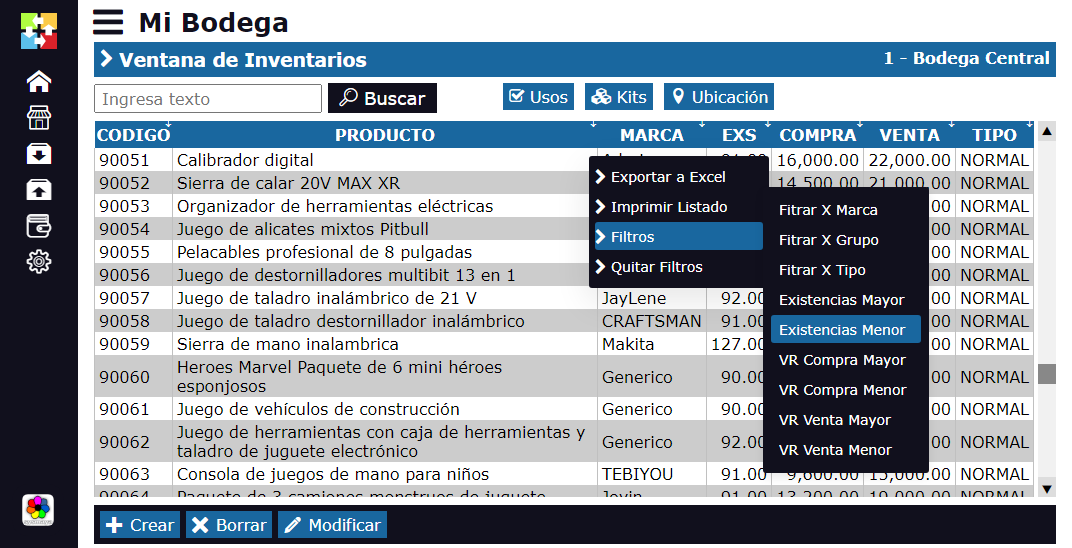Financial Accounting: What is it and How Does it Work?
Financial accounting is like the universal language of business. No matter what country you are in or what currency you work with, financial accounting allows companies, investors, and regulatory bodies to communicate and make informed decisions. But, what exactly is financial accounting and how does it work? In this article, we will break down its main elements, its importance, and how it differs from other accounting branches.

What is Financial Accounting?
Financial accounting is a branch of accounting that focuses on recording, classifying, and summarizing the financial transactions of a company to prepare reports that can be used by people external to the organization. Its main objective is to provide clear and accurate information about the financial situation of a company to third parties, such as investors, banks, governments, and other interested parties.
Imagine that financial accounting is like the logbook of a ship's captain. It records each transaction as an important event in the business journey: when goods were purchased, how much was sold, how much was earned, and how much was spent. At the end of the journey (or accounting period), the captain presents a detailed report of the journey in the form of financial statements. These reports allow navigators (investors and creditors) to decide whether to board the ship, stay on board, or disembark at the next port.
Main Features of Financial Accounting
Financial accounting is governed by certain features that ensure the consistency and comparability of information. Among the most important, we find:
Objectivity: Financial accounting is based on verifiable facts and quantifiable data, avoiding the use of estimates or assumptions. Everything that is recorded must be supported by documents such as invoices, receipts, or contracts.
Periodicity: Information is organized in specific periods of time (monthly, quarterly, or annually) to be able to compare results and see how the company has performed over time.
Uniformity and Normativeness: Financial accounting follows a set of generally accepted accounting principles, known as Generally Accepted Accounting Principles (GAAP) or International Financial Reporting Standards (IFRS). These regulations ensure that accounting information is homogeneous and comparable between companies from different industries and countries.
Historical Focus: Financial accounting focuses on recording and reporting transactions that have already occurred, rather than projecting or planning future events.

Financial Statements: The Company's Report Card
The main product of financial accounting is financial statements. These documents show the financial health of the company and are used by third parties to evaluate its performance and stability. There are four fundamental financial statements:
Income Statement: Also known as the Profit and Loss Statement, this report shows the company's revenues, expenses, and net result (profit or loss) in a given period. Here you can see how profits were generated and where the money was spent.
Balance Sheet: Presents the company's financial situation at a specific moment. It is structured in three parts: assets (what the company owns), liabilities (what it owes), and equity (the difference between assets and liabilities). It is a snapshot of the company's financial stability.
Statement of Changes in Equity: Shows how the company's equity has changed due to activities such as reinvesting profits or distributing dividends.
Cash Flow Statement: Explains how money moved within and outside the company, classifying flows into operating, investing, and financing activities. This statement is key to understanding the company's liquidity and ability to meet its obligations.
How Does Financial Accounting Work?
Financial accounting works through a cyclical and systematic process, which allows companies to keep a detailed record of all their transactions. Here, I will explain its main stages:
Recording Transactions: Each financial movement is recorded in the journal using the double-entry method, which establishes that each operation affects two accounts: a debit account and a credit account. For example, when a company buys goods, the "Inventory" account (asset) is increased, and the "Cash" account (another asset) is decreased.
Classification and Accounting Entry: Transactions are classified according to their nature and recorded in specific ledgers, such as "Assets," "Liabilities," or "Expenses." This helps organize the information for later analysis.
Preparation of Financial Statements: At the end of the accounting period, financial statements are prepared, gathering all the recorded information and presenting it in a way that is understandable to external users.
Analysis and Interpretation: Financial statements are analyzed to make decisions. Investors can evaluate profitability, creditors can review payment capacity, and the government can verify compliance with tax obligations.
Why is Financial Accounting Important?
Financial accounting is essential for the survival and growth of any company. Here are some reasons why it is so important:
Transparency and Credibility: It allows companies to present truthful and consistent information, generating trust in investors, banks, and suppliers.
Legal Compliance: It helps comply with legal and tax obligations, as many laws and regulations require the periodic submission of accounting reports.
Decision Making: It facilitates decision-making both inside and outside the company. A financial director can use financial statements to plan future investments, while an investor decides whether to buy or sell shares based on accounting information.
Comparability: By following accounting standards and principles, financial accounting allows the performance of different companies to be compared, even if they belong to different sectors or countries.
Financial Accounting vs. Management Accounting
It is common to confuse financial accounting with management accounting. Although both focus on the financial information of the company, they have key differences:
Financial accounting is aimed at external users, such as investors and creditors, and focuses on providing objective and verifiable information. On the other hand, management accounting is aimed at internal users (directors and managers) and focuses on detailed information for operational and strategic decision-making.
Financial accounting is based on accounting standards and is organized in fixed periods, while management accounting is more flexible and adapts to the internal needs of the company, with reports that can be daily, weekly, or monthly.
Financial accounting is a fundamental tool for understanding a company's economic performance and financial position. By providing clear and organized information, it allows stakeholders to evaluate the company's viability and stability, compare its performance with other companies, and ultimately make informed decisions. If you have ever felt overwhelmed by terms like "balance sheet" or "income statement," remember that these reports are more than just a bunch of numbers: they are the company's financial history, told through its transactions and operations. So the next time you read a financial report, you will be a little more prepared to decipher the language of business.






